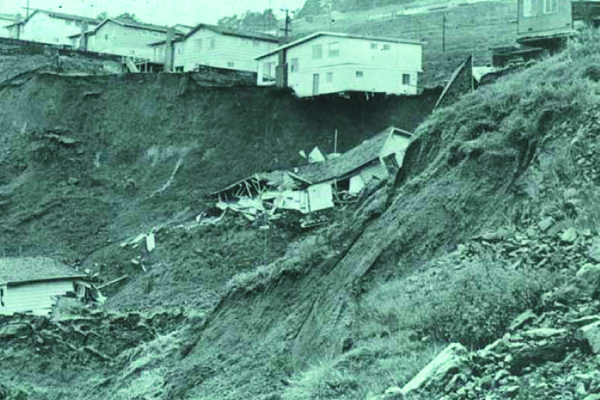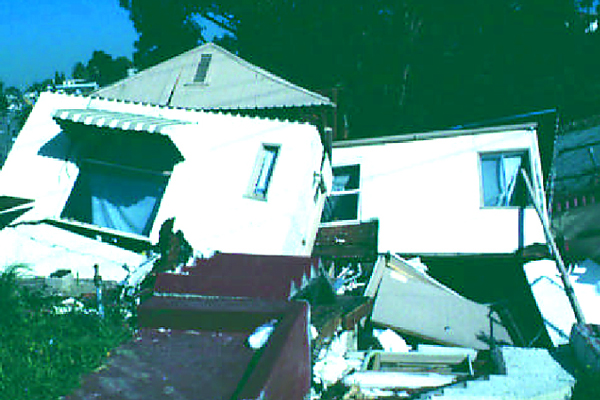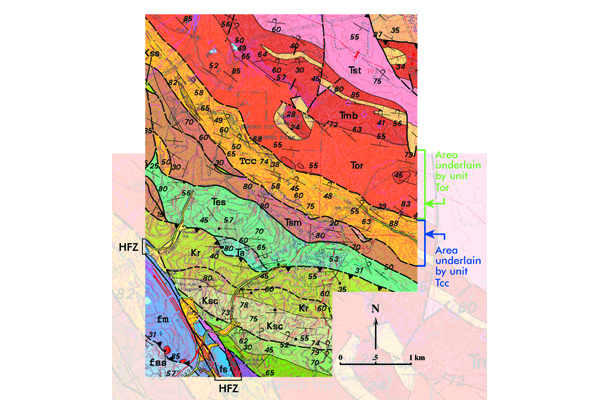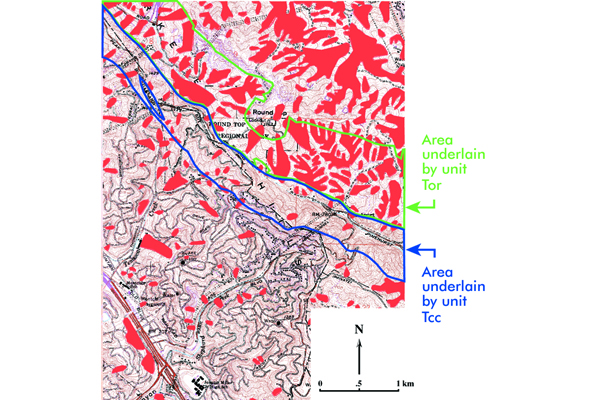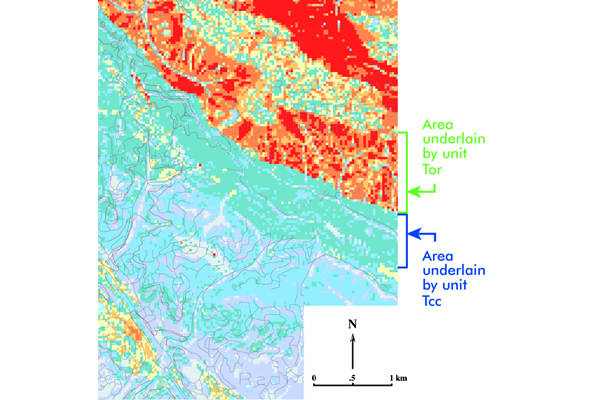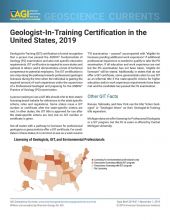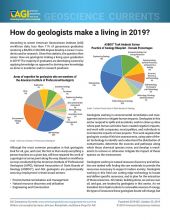In California, detailed modern geologic maps are fundamental for evaluating how susceptible an area is to earthquake-induced landslides.
Defining the Problem
The geologic history of the Oakland, California, area has produced steep hillsides and unstable rock and soil that generate damaging landslides during severe storms and wet winters (Fig. 1 and 2). During the 1997-98 rainy-season, the two-county area surrounding Oakland experienced more than 200 landslides leading to losses estimated in excess of $47 million. The landslide hazard is exacerbated by the presence of the highly active Hayward Fault, which runs through Oakland and surrounding cities, and is considered to be the most likely source of a large earthquake in the area. Such an earthquake would likely trigger many landslides in the surrounding hills. The challenge is to predict what areas are more likely to suffer future landslides so that proper engineering can be applied for hazard mitigation or appropriate zoning restrictions applied to the most susceptible undeveloped areas.
Figure 1 (top): Home in Oakland, California destroyed by landslides in 1958. Source: J. Coe, USGS
Figure 2 (bottom): Homes in Oakland, California destroyed by landslides in 1998. Source: USGS OFR 81-987
The Geologic Map
The geologic map of the Oakland metropolitan area (Fig. 3) shows the complex geologic structure and distribution of rock units that are typical of the region where the active Hayward Fault Zone (HFZ) separates metamorphic rocks of the Franciscan Complex (fss, fs, fm) from sedimentary and volcanic rocks. The same natural forces responsible for the complicated geology are still at work, deforming the rocks and raising the hills that occupy the eastern portion of the mapped area. A complementary map (Fig. 4) shows the large landslide deposits (red) that have accumulated in the landscape since the uplift of the hills.
Figure 3 (top): A portion of the geologic map of the Oakland, California area, including part of the active Hayward Fault Zone (HFZ) separating metamorphic rocks of the Franciscan Complex (fss, fs, fm) from sedimentary and volcanic rocks. Source: USGS MF-2342
Figure 4 (bottom): Red areas are large landslide deposits in the Oakland area. Note that many more landslide deposits cover the area underlain by unit Tor than the area underlain by unit Tcc. Source: USGS MF-493
Applying the Geologic Map
Statistical analysis of the relations between the accumulated large landslides in the area and the underlying rock units and slope reveals which slope/rock-unit combinations are more likely to experience future landslides. By calculating the expected ground-shaking from an earthquake and using additional data from the geologic map, we can also assess the susceptibility to earthquake-induced landslides in the area. The resulting susceptibility maps (Fig. 5) show which areas are most susceptible. The analysis also revealed that intermediate slopes are more likely to have landslide deposits than the steepest areas. The steepest slopes may truly be less susceptible, or landslides may have occurred at steep slopes but the deposits are resting on steep slopes down the hillside.
Figure 5: Large-landslide susceptibility map in the Oakland area. Orange and red areas have the highest relative susceptibility to landslides. Source: USGS MF-2385
Conclusion
The California Geological Survey is producing zoning maps for earthquake-induced landslides. The fundamental requirement for the analysis is availability of detailed, modern geologic maps, including an accurate map of landslides. With the advent of digital map technology, this approach to evaluating landslide hazards can be rapidly applied in any area.
Additional Information
Case study authors: Russell W. Graymer and Richard J. Pike (U.S. Geological Survey)
Case study from: Thomas, W.A. 2004. Meeting Challenges with Geologic Maps, p. 38-39. Published by the American Geosciences Institute Environmental Awareness Series. Click here to download the full handbook.

